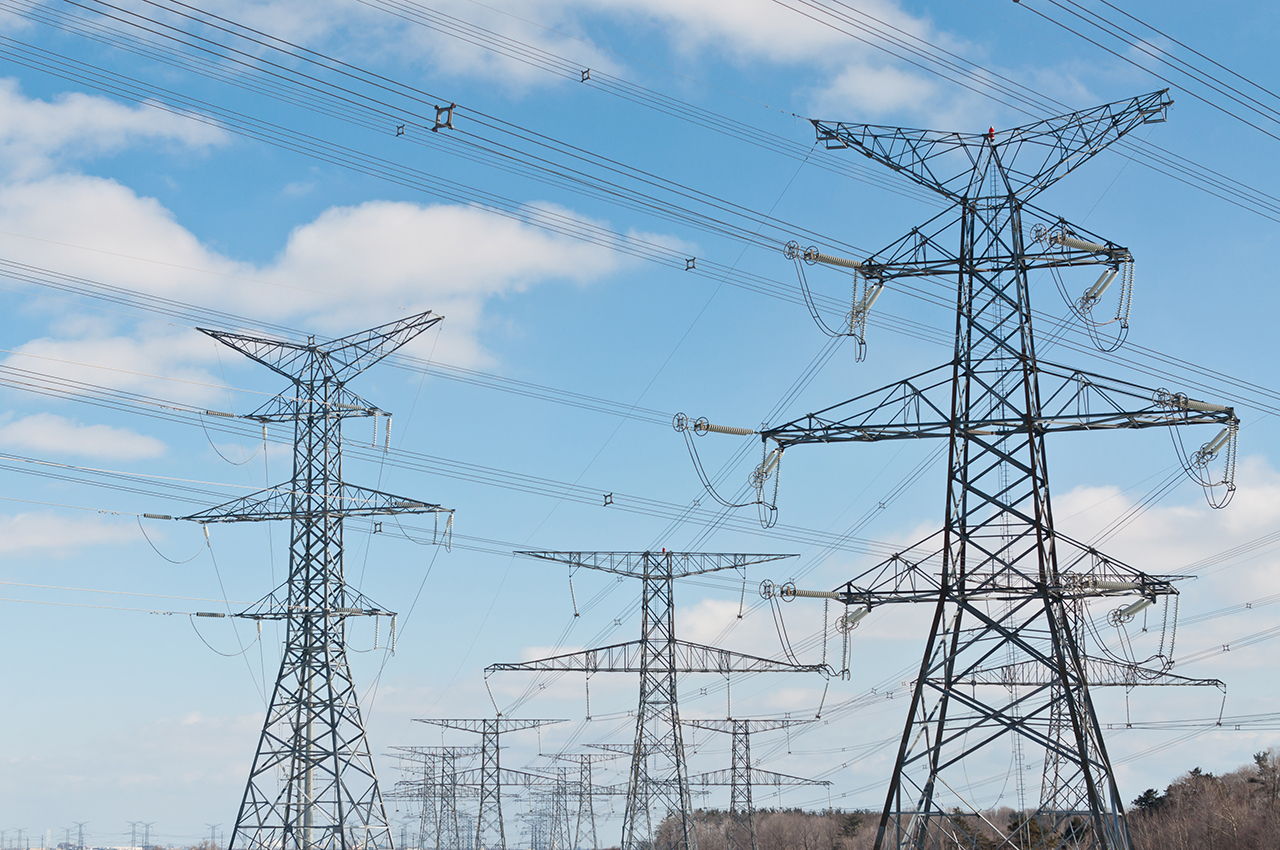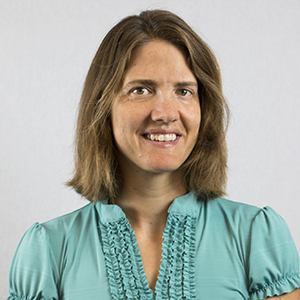New research by Illinois State University’s Adrienne Ohler shows the impact of electricity rate increases on low-income residents.
The study, co-authored with Illinois State alumnus Yewande Marquis, shows that as prices increase, people reduce their use of electricity. “As you would expect, if rates increase, people tend to use less electricity,” said Ohler, who is an energy economist at Illinois State. “We are also finding, however, that low-income households respond to a 1 percent price increase differently than high-income households. Low-income households have a greater percentage reduction in electricity.”
People may hear the word ‘policy’ and think it’s all boring numbers, but it impacts so much of our daily lives, and our electricity bills. — Adrienne Ohler
Both low and high-income homes showed an average reduction of electricity by around 40-50 kilowatts. “The drop generally comes in adjusting the thermostat to a few degrees higher in the summer and a few degrees cooler in the winter,” said Ohler, who found the reduction is more strenuous for low-income households, who rely more on electricity for heating and water heating. “Low-income households are less likely to have a second or third refrigerator, multiple TVs, air-conditioning, or even a dryer,” said Ohler. “Because high-income households tend to own more appliances, they have more options through which they can lower electricity use.”
Studies such as this one assist Ohler in her role as the director of outreach for the Institute for Regulatory Policy Studies (IRPS), where she helps to organize a bi-annual conference with state regulators and utilities to understand the impacts of changing policies. Housed at Illinois State University, the IRPS brings together the state’s utility industries—electricity, natural gas, telecommunications, and water—with representatives of the Illinois Commerce Commission (ICC) that regulate them. “The utilities and the ICC are interested in how changes in policies and rates will impact customers,” said Ohler.
The next IRPS conference, which meets April 26 in Springfield, will discuss the Future Energy Jobs Act (FEJA), which strengthens renewable and clean energy efforts across the state. “FEJA is part of the reason you are seeing increases in community solar, and utility scale solar developments in Illinois,” said Ohler, whose research also analyzes the impact of policies designed to encourage the growth of wind, solar, and biomass industries.
Ohler hopes her research and work on the IRPS will encourage consumers to become more active in understanding the utilities they use. “People walk into a room, flip on a light, and believe electricity comes right from Ameren or ComEd,” she said. “But it is a complex system of wholesale and retail markets, some of which are regulated, and some of which are not.”
Processes and policies can also vary greatly from state to state. “Generators turn off and on depending on demand, the cost of inputs, and the cost of operation. Electricity costs can fluctuate throughout the day, the same way gasoline does,” she said. Unlike gasoline, the wavering prices of electricity are not plastered on giant signs throughout town, so they tend to go unnoticed. “People may hear the word ‘policy’ and think it’s all boring numbers,” said Ohler, “but it impacts so much of our daily lives, and our electricity bills.”


